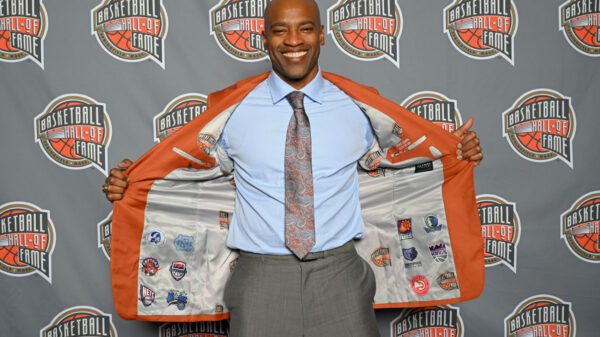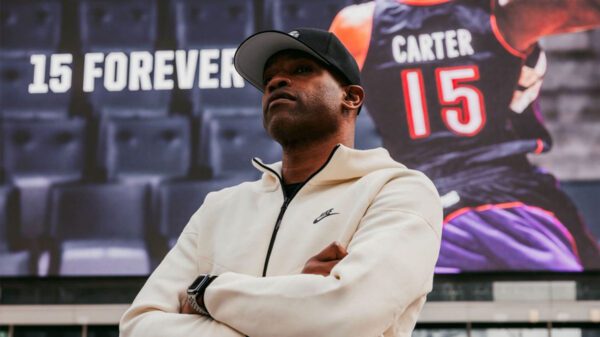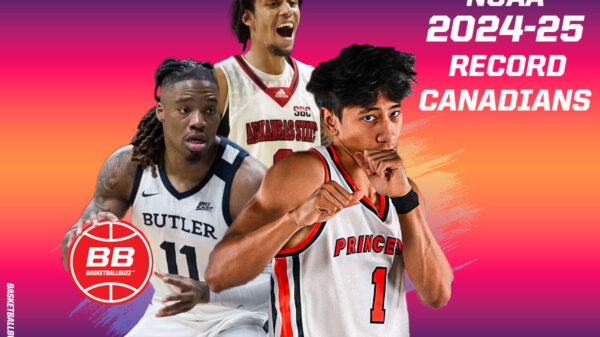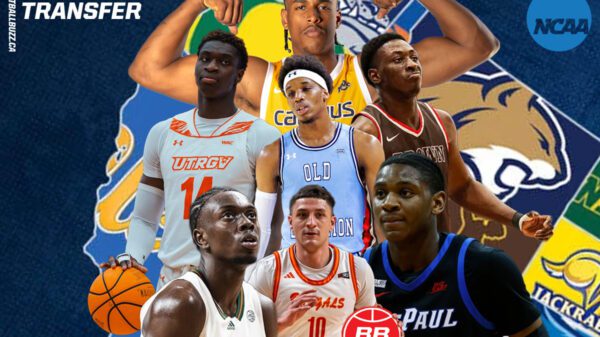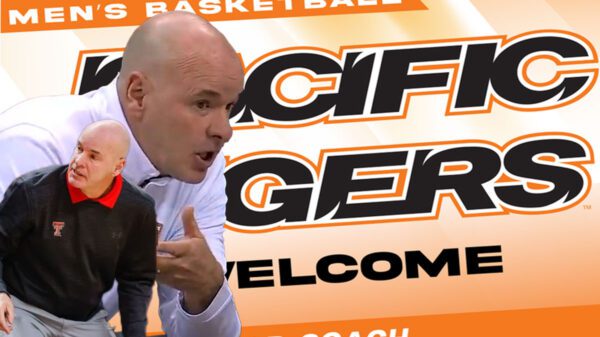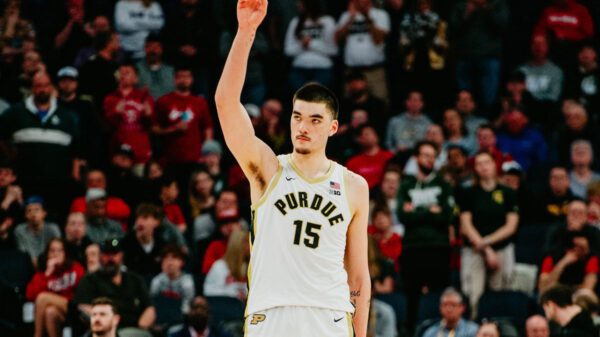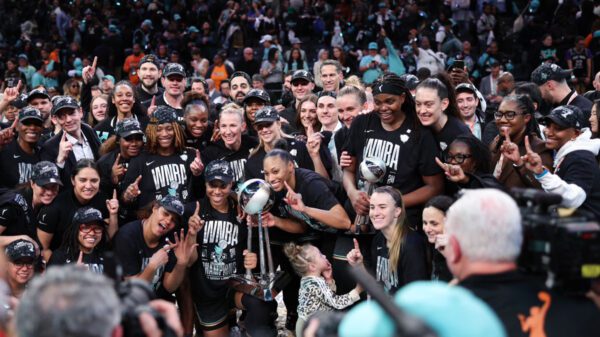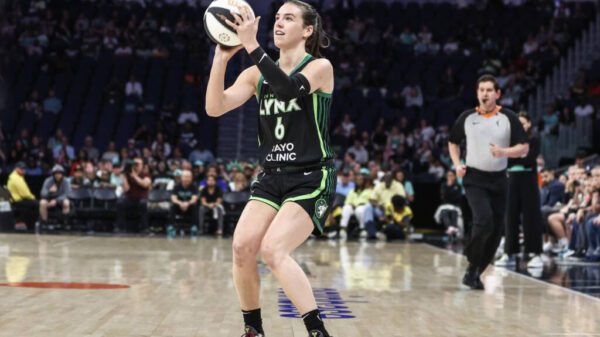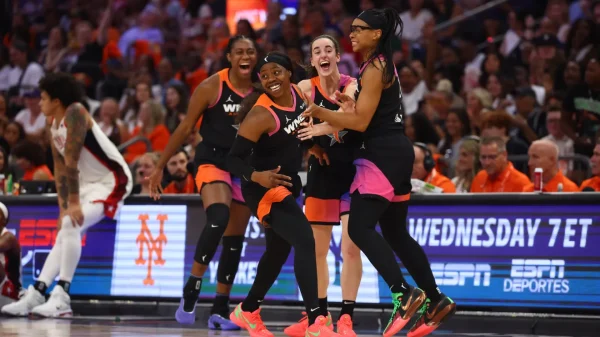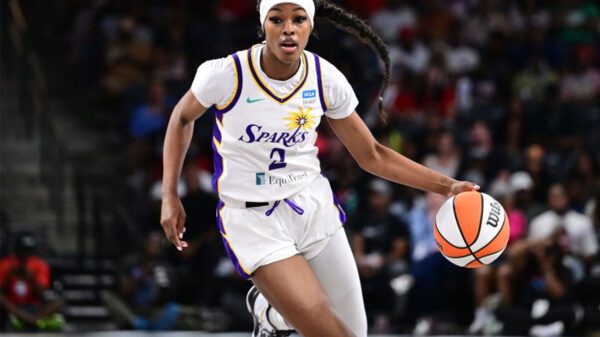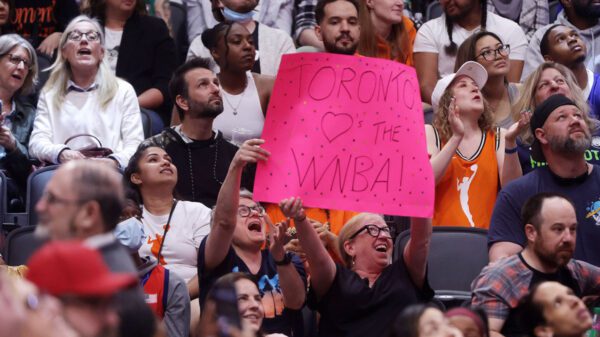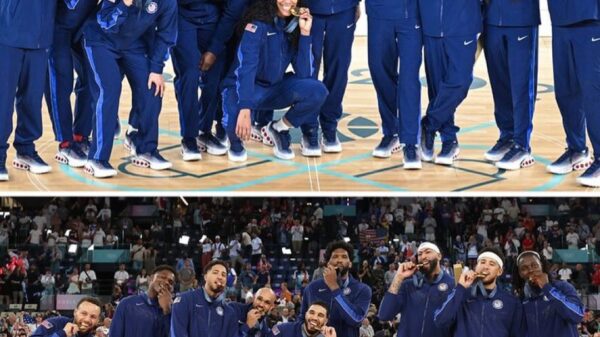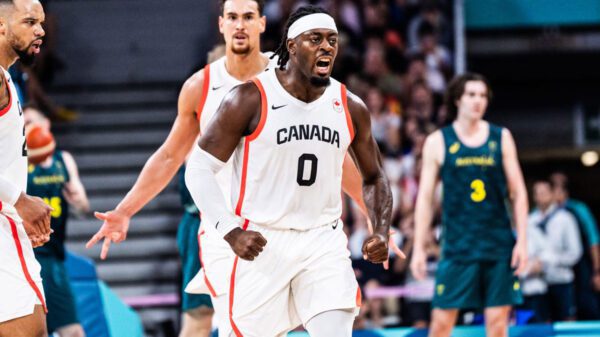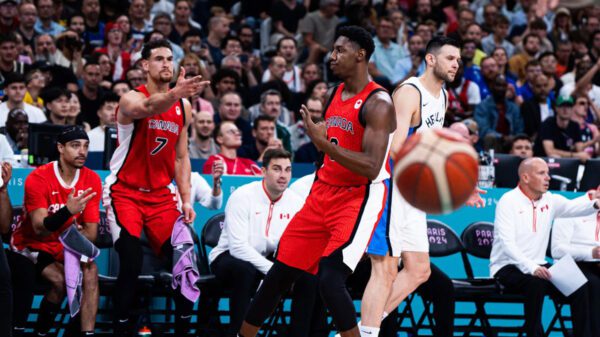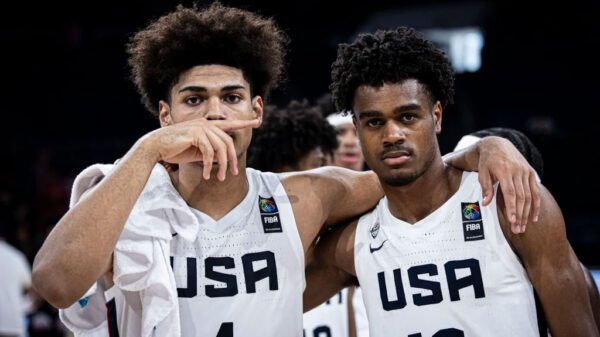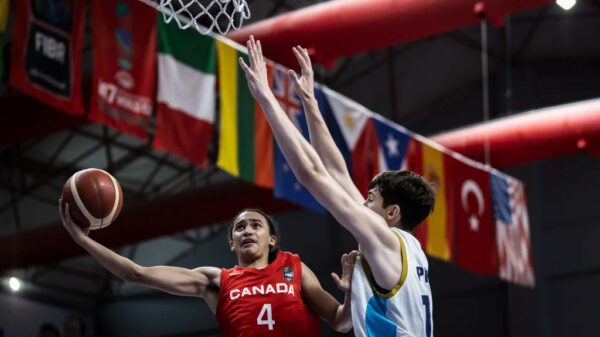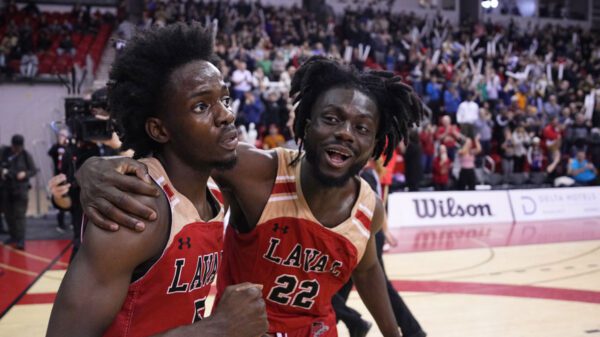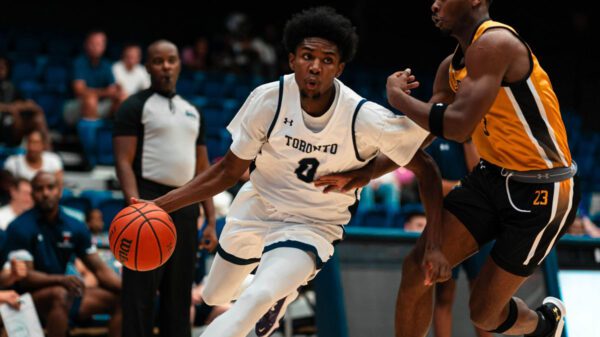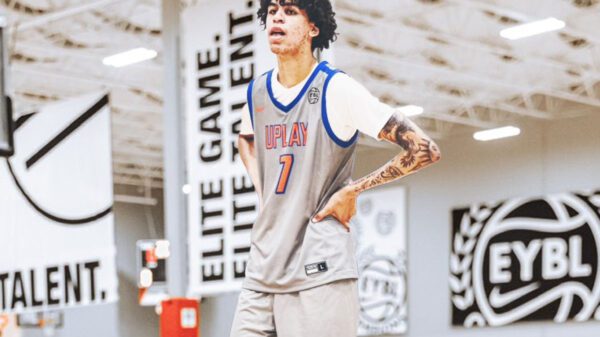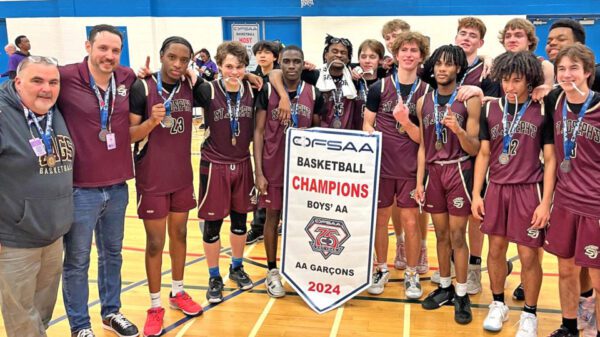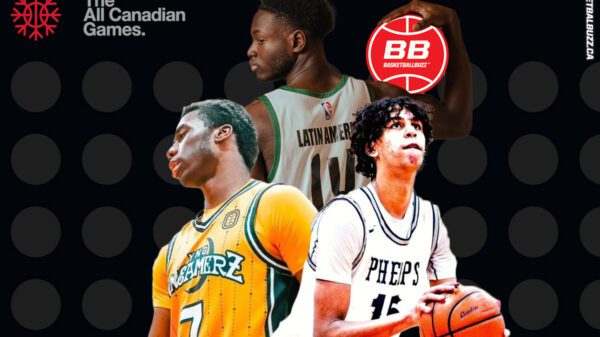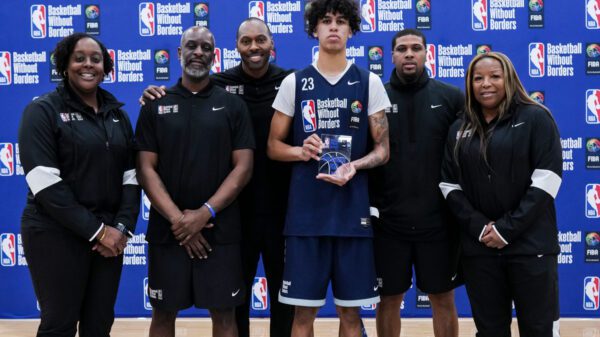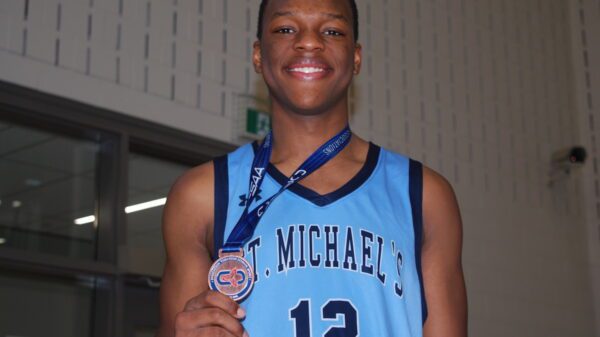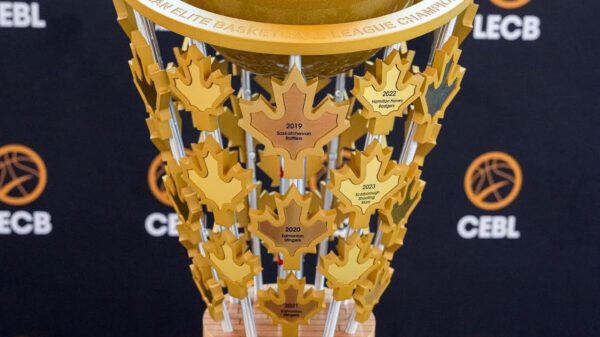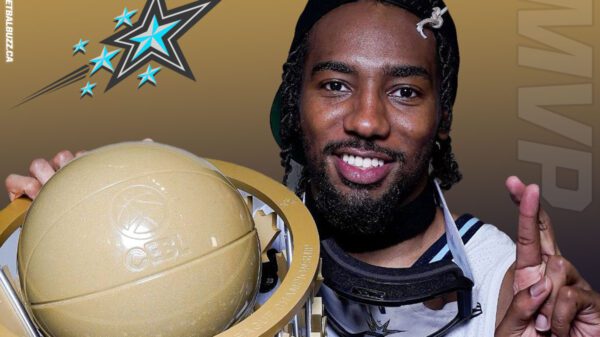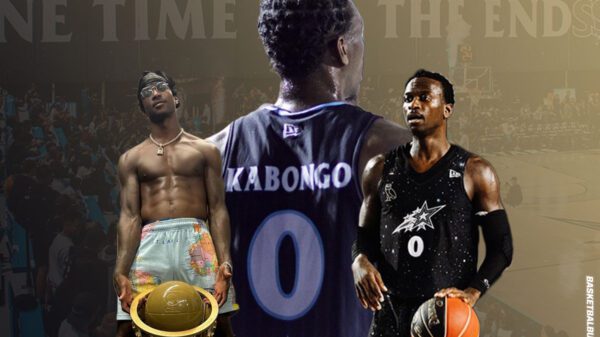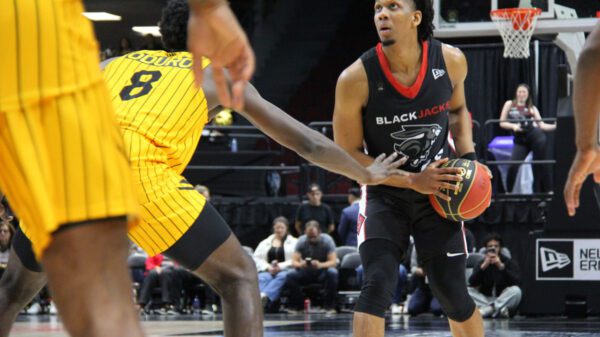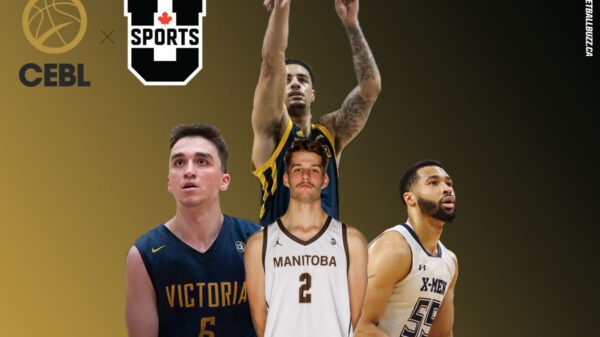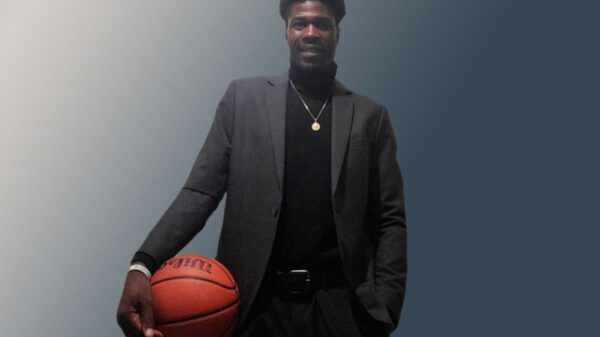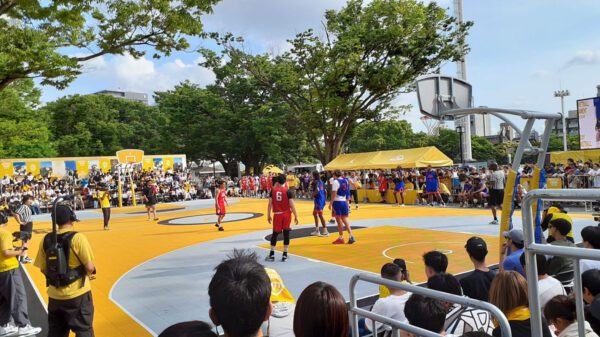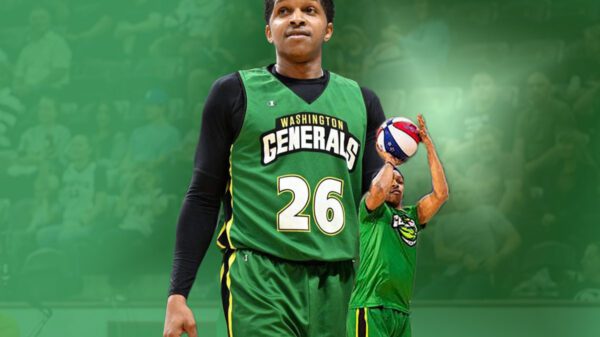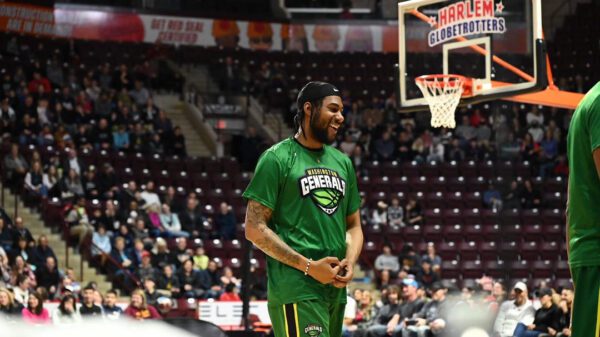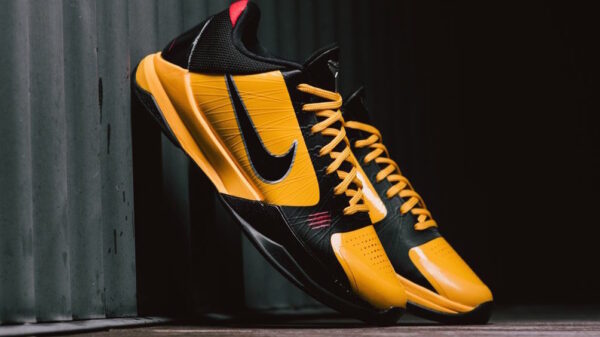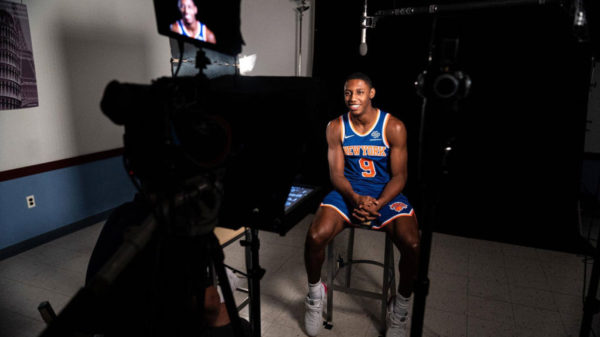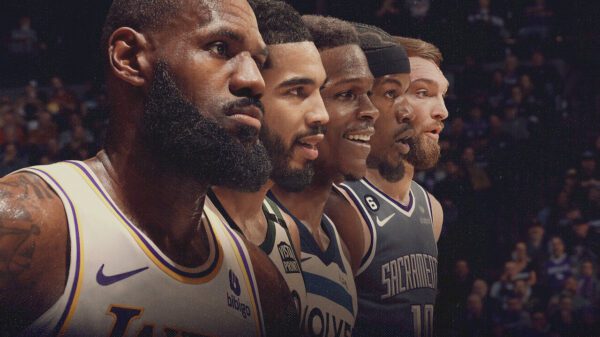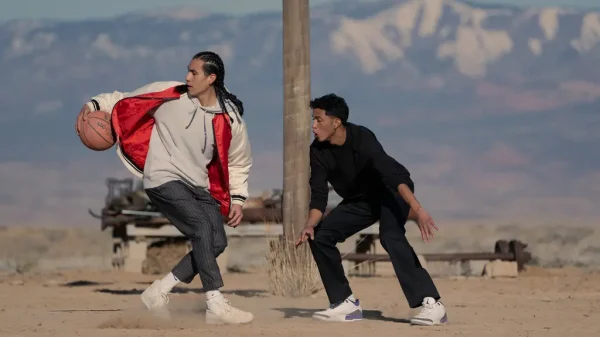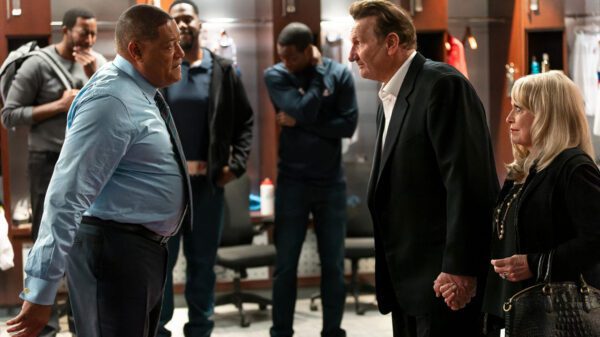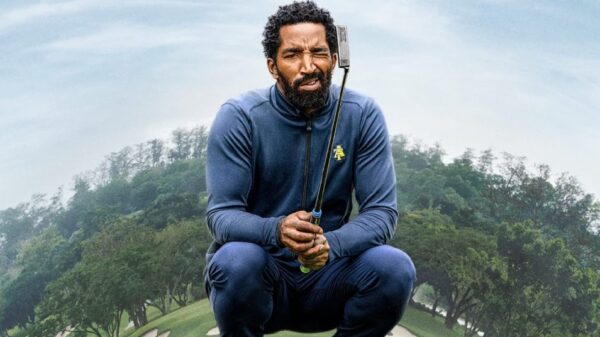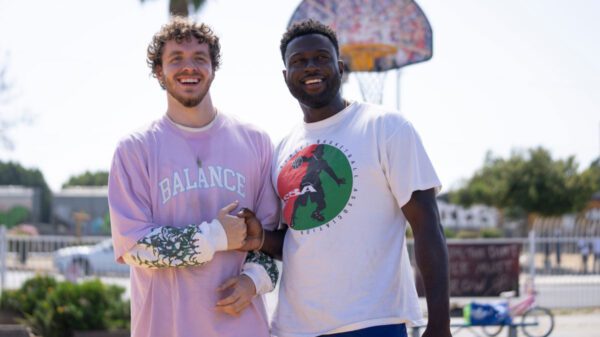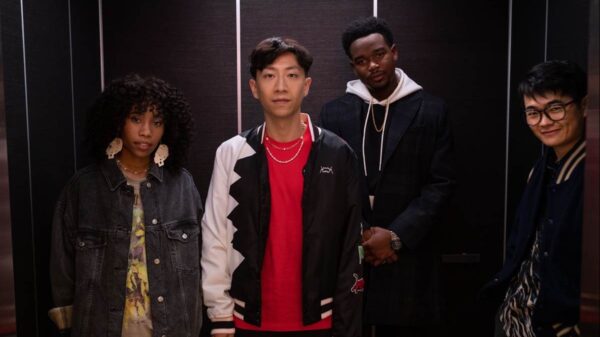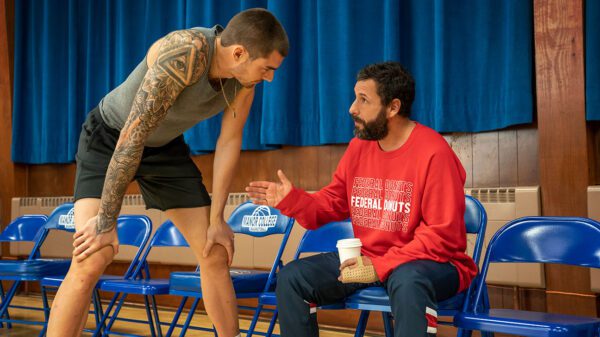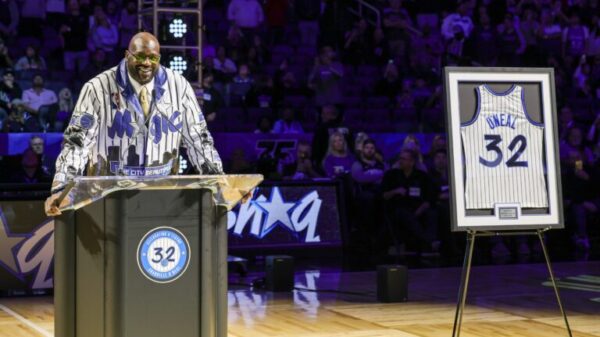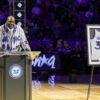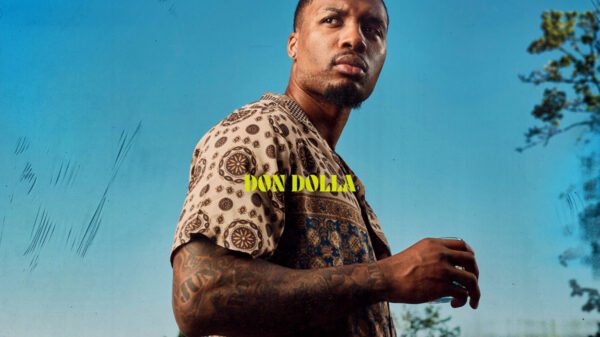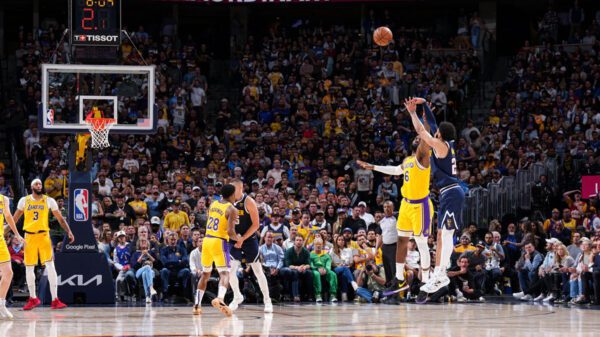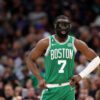Time to rant and open a can of worms.
Of North America’s four major professional sports leagues – NBA, NFL, NHL and MLB – basketball is the only one that fails to recognize or respect its elders.
For some strange reason, hoop memories are lapsing in regards to any hardwood action prior to the late 1960s’.
Not so in the other sports.
Baseball’s Babe Ruth (1914-1935), Ted William (1939-1960), Ty Cobb (1905-1928), Walter Johnson (1907-1927), Lou Gehrig, Willie Mays (1951-1973) and Cy Young (1890-1911) are usually in the top echelon when Greatest Baseball Player of All Time conversation arises.
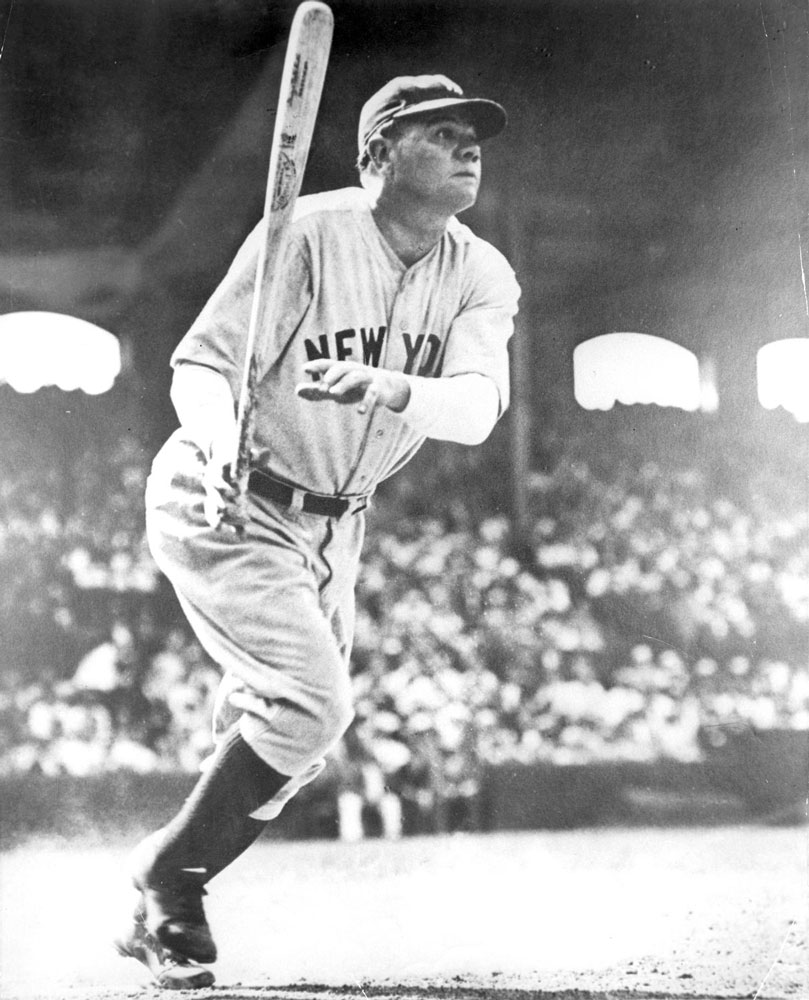
We would be skating on thin ice if we did not include hockey’s Gordie Howe (1946-1980), Maurice Richard (1941-1960), Bobby Orr (1966-1979) Jacques Plante (1952-1975), Bobby Hull (1957-1980) or Jean Beliveau (1950-1971) to the table.
Football though is more modern when it comes to their approach but still there is mention of Jim Brown (1957-1965), Johnny Unitas (1956-1973) and Otto Graham (1946-1955), Sammy Baugh, (1937-1952) and Don Hutson (1935-1945).
What old-timers do we find in basketballs Top 10 or Top 15?
We find? We find?
Only Wilt Chamberlain (1960-1973) and Bill Russell (1957-1969), Oscar Robertson (1961-1974 and Elgin Baylor (1959-1972) are alluded to.
Are we are saying that prior to Bill Russell, from 1946 to 1957, there were no worthy stars?
Paul Arizin (1951-1962), Bob Cousy (1951-1970), Hal Greer (1959-1973), Sam Jones (1958-1969), Bob Petitt (1955-1965), Dolph Schayes (1950-1964) and Bill Sharman (1951-1961) were OK but far from being household names.
But totally ignored is a Superstar from this time period.
A resume that we could put against anyone.
Totally ignored is George Milkan (1949-1956) of Minneapolis Lakers legend.
All Mikan did in his short seven-year career, was.
5× BAA/NBA champion (1949, 1950, 1952-1954)
2× NBL champion (1947, 1948)
NBL Most Valuable Player (1948)
4× NBA All-Star (1951–1954)
NBA All-Star Game MVP (1953)
6× All-BAA/NBA First Team (1949–1954)
2× All-NBL First Team (1947, 1948)
NBL scoring champion (1948)
3× NBA scoring champion (1949–1951)
NBA rebounding leader (1953)
NBA 25th Anniversary Team
NBA 35th Anniversary Team
NBA 50th Anniversary Team
NBA 75th Anniversary Team
Because of his dominance the NCAA instituted no goaltending rule in 1944 when he stared at DePaul.
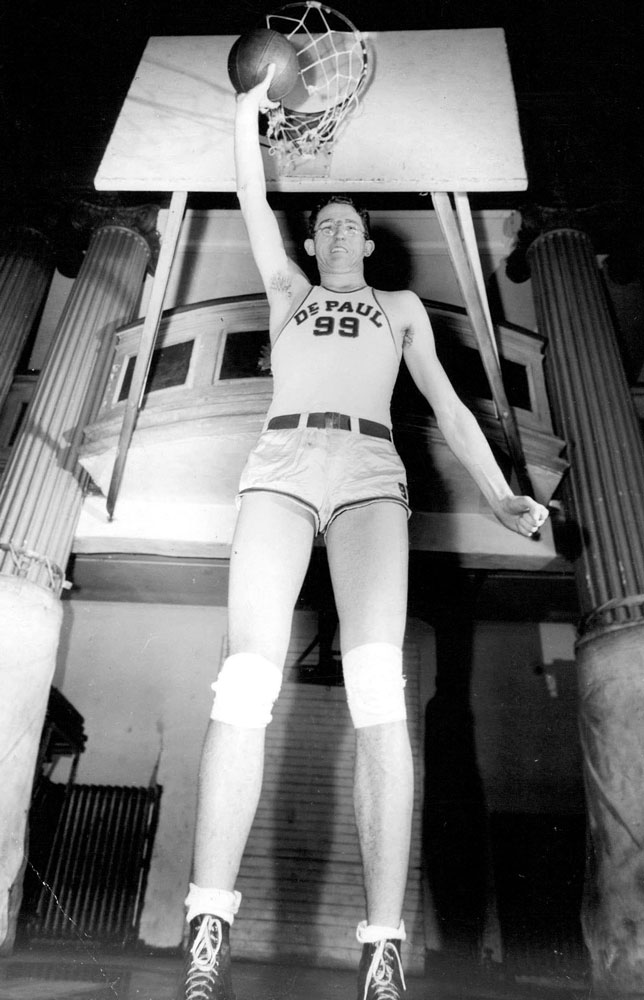
The NBA widened the lane from six feet to 12 feet and the 24-second shot clock was introduced.
He was also voted Best Basketball Player of the first half 20 Century.
How many current or former NBA players have such a resume?
You wouldn’t use up all of your fingers. Here is the kicker for stats freaks. NBA superstars with five rings or more who averaged more minutes per game than Mikan (34.4) during a career – only seven – Russell, Havlicek, Jabbar, Johnson, Jordan, Pippen and Kobe. NBA superstars who averaged more points per game than Mikan (23.1) – only three – Jabbar, Jordan and Kobe. NBA superstars who averaged more rebounds per game than Mikan (13.4) only Russell.
See what I mean.
But the fact is that basketball fan’s opinion on NBA greatness only comes after the integration of the African American athlete.
It is part of the NBA marketing machine.
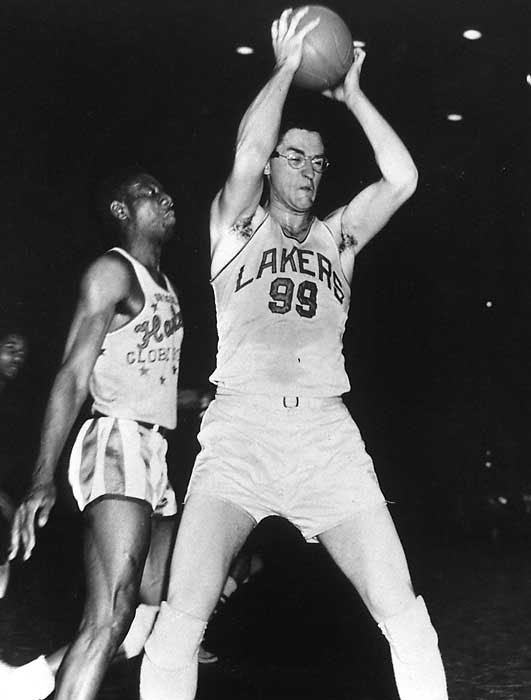
Still…no matter of colour of skin, Mikan was the best during his era.
True, a lot is made of – rightfully so – that the all-black Harlem Globetrotters defeated the world champion Minneapolis Lakers 61-59 in their first exhibition encounter February 19, 1948 in front of 18,000 fans.
It showed that the black athlete – still not playing in the lily white NBA – could play on equal footing if given a chance.
Mikan had 24 points in the loss.
But the “rest of the story” is usually left out.
The two teams would meet seven more times during the next few seasons with the Lakers winning six of them.
Mikan totally dominated, scoring 47 points, 72-68; 36 points, 76-60; 32 points, 68-53 and 25 points, 84-60 in the games he suited up for.
Criteria for “Greatest of All Time” should not be based solely on statistics, as the games’ rules and schedules have changed and evolved over the years.
Criteria should not be “how would the players of the past (1920s-1950s) perform in today’s game?”
That is totally ridiculous as today’s stars are bigger, faster, better training etc. cetera.
Of course Mikan could not cover Wilt, Shaq, Kareem or even Boban Marjanovic.
Criteria should be based on – aside from championships and tangible and intangible attributes that make a team great – how that player dominated and performed during their era.
In that case, George Mikan – the best player in the world for a seven-to-eight year stretch – should be considered “One of the Greatest Basketball Players of All Time.”



